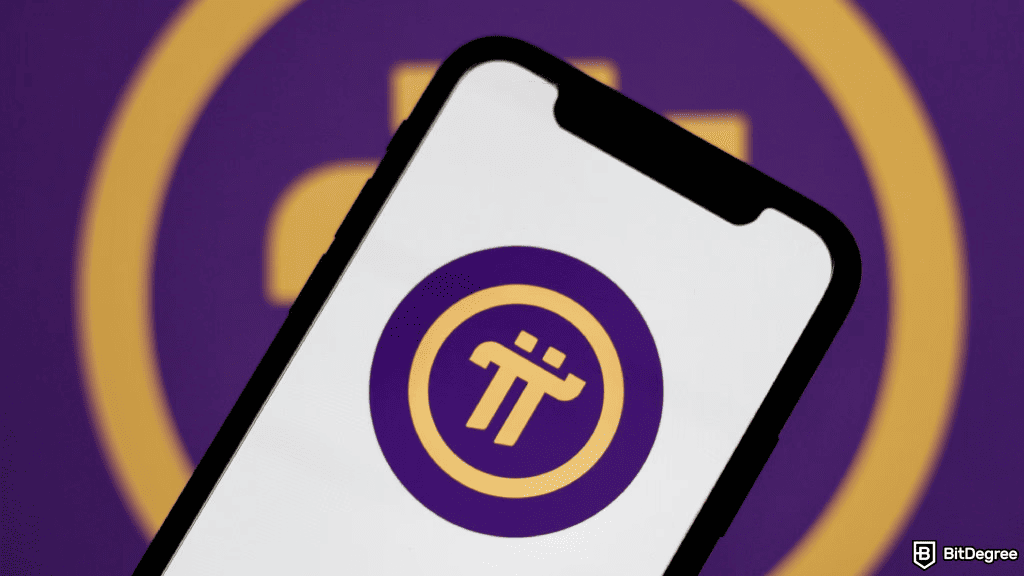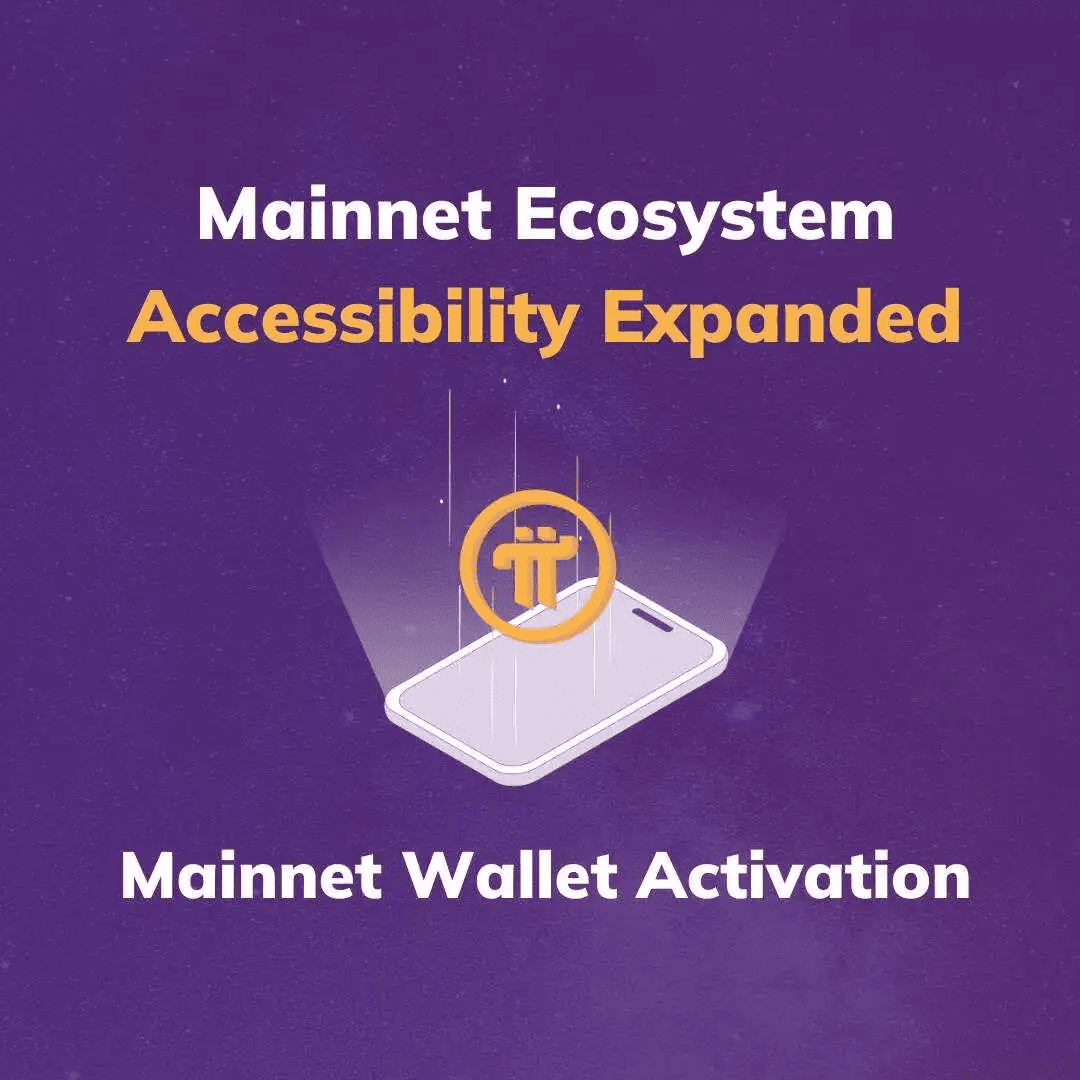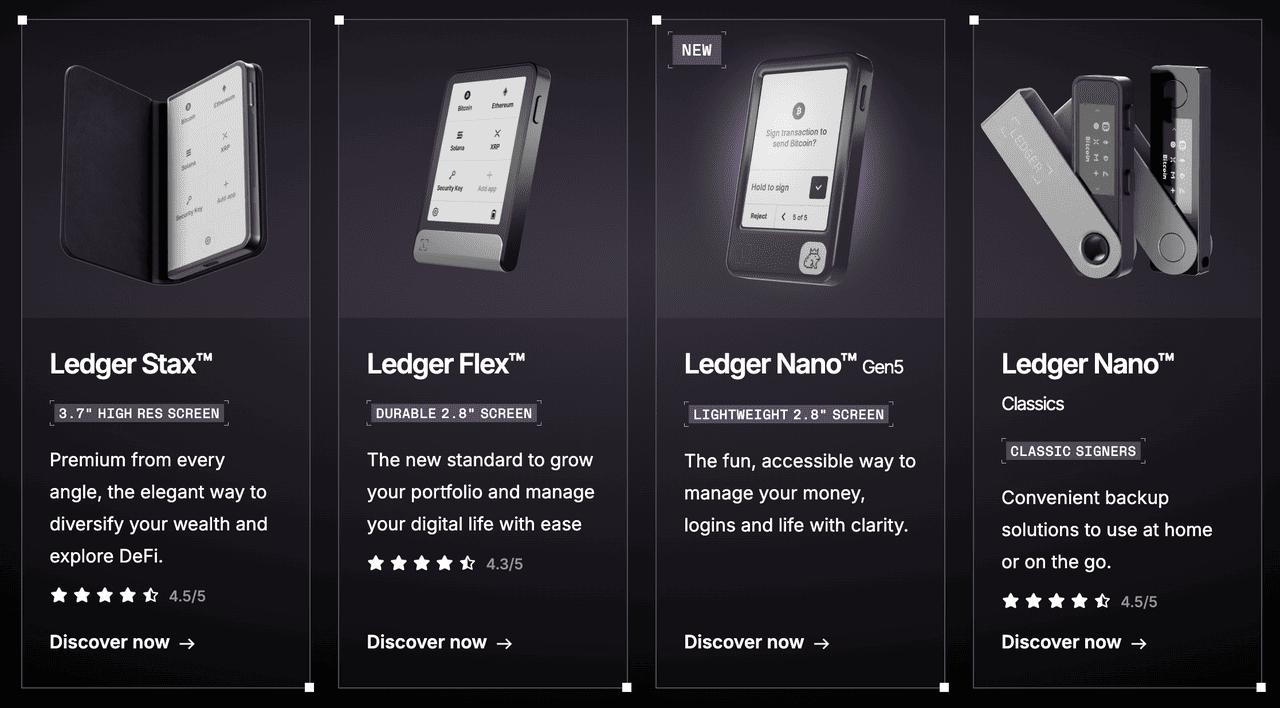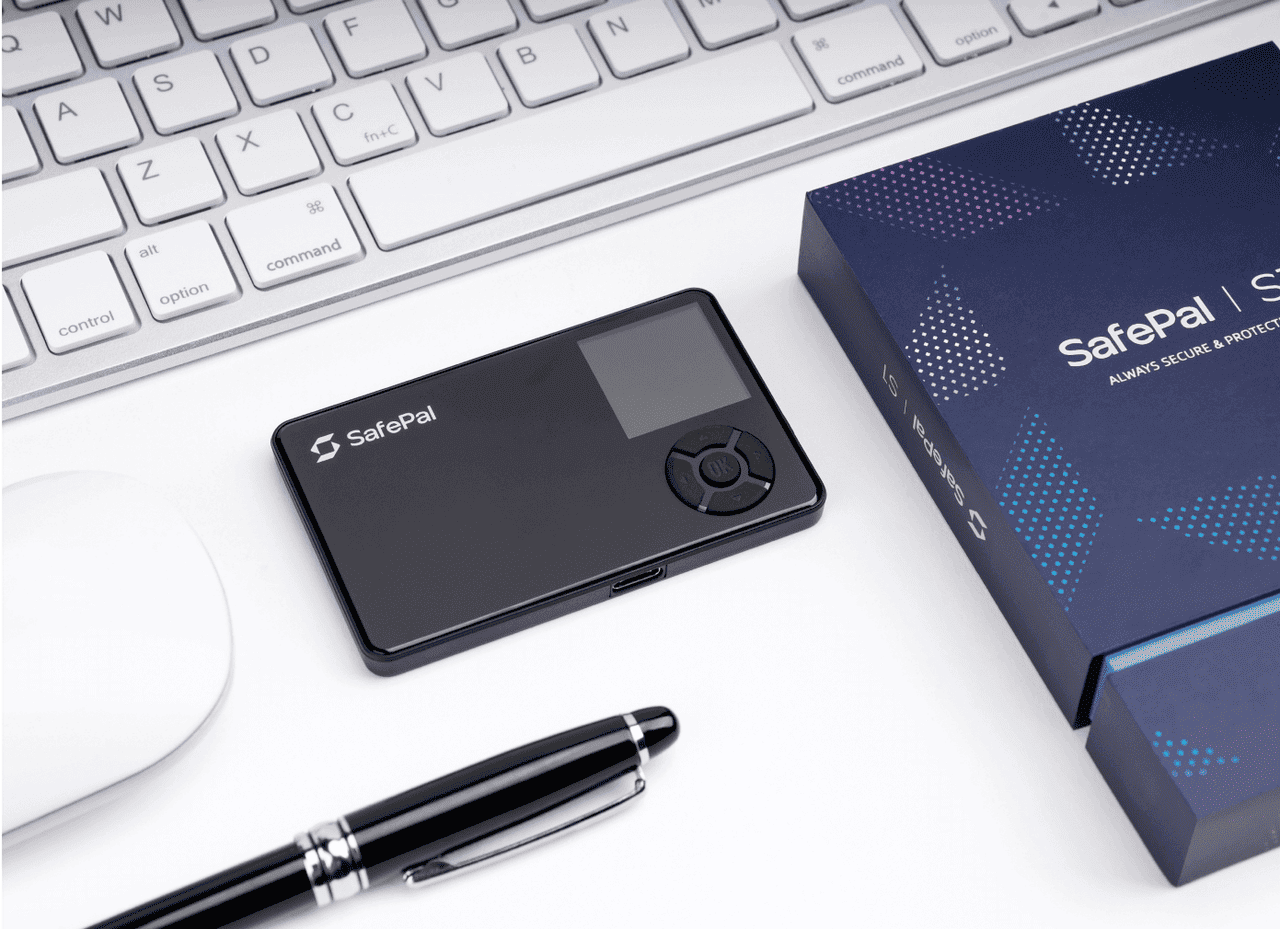Pi Network is a
Layer-1 blockchain that has attracted over 60 million Pioneers as of mid‑2025 by making crypto mining accessible without expensive hardware. As interest grows, so does the need for secure and reliable wallets that support PI. Choosing the right wallet matters because it will determine how safely you store your tokens, how easily you manage transactions, and how much control you have over your private keys.
This guide breaks down the best Pi Network wallets available today and explains what makes each one useful for everyday users and long-term holders.
What Is Pi Network (PI) and When Was It Launched?
Source: Pi Network via BitDegree
Pi Network was launched on March 14, 2019, by Dr. Nicolas Kokkalis and Dr. Chengdiao Fan, Stanford graduates who wanted to create a more inclusive way for people to participate in cryptocurrency.Instead of using energy-heavy mining equipment, which allows users to
mine PI coins coins directly from their mobile devices.
The project has grown into a massive ecosystem with tens of millions of active miners across the world. Although Pi is still moving through its phases of development, many users are preparing to transition to the
Mainnet and will need compatible wallets once the token becomes fully transferable.
Pi Network functions as a mobile-friendly blockchain ecosystem that emphasizes community participation and user accessibility. Its native token, Pi Coin (PI), serves not only as a medium of exchange within the platform but also as a tool for engaging with decentralized features like staking and governance. Through Pi staking, users can contribute to network security and earn additional rewards, creating incentives to actively support the blockchain. Beyond mining and staking, Pi encourages Pioneers to participate in validating transactions, testing network upgrades, and exploring emerging use cases, laying the foundation for a fully functional decentralized economy once the mainnet is live.
What are the Key Features of Pi Network?
Source: Pi Network
Pi Network provides a mobile-friendly cryptocurrency platform that combines accessibility, security, and community-driven features. Users can mine Pi directly from their phones without expensive hardware, while the network's security relies on trust-based security circles formed by verified participants.
The platform includes Pi Browser for accessing decentralized applications, developer tools for creating and testing dApps, and a built-in marketplace for exchanging goods, services, and digital assets. Pi also supports staking, allowing users to lock up coins to help secure the network and earn rewards. Its crowd-scaled
KYC system verifies real users globally, ensuring integrity across transactions. Together, these features create a comprehensive digital ecosystem that goes beyond a simple token, offering real-world utility, decentralized governance, and preparation for the transition to the mainnet.
What Is the PI Coin?
Pi (PI) is the native cryptocurrency of the Pi Network, a blockchain designed to make crypto mining accessible to anyone via mobile devices. Officially launched with the Pi Open Mainnet on February 20, 2025, it introduced external connectivity, allowing users to trade, transfer, and use PI tokens outside the enclosed ecosystem. It's mined through the mobile app during the pre‑mainnet phase but is not yet fully transferable.
The total maximum supply of PI is 100 billion tokens. Of that supply, 65% (65 billion PI) is allocated for community mining rewards, 10% (10 billion) is reserved for the Pi Foundation and ecosystem reserve, 5% (5 billion) is set aside for liquidity, and 20% (20 billion) is allocated to the Core Team. These allocations track the rate of Pioneer migration to the mainnet, ensuring that community mining rewards, foundation reserve, liquidity, and team allocations remain proportional over time.
For users, this means PI can be used not just for mining rewards but also for staking, participating in Pi's internal marketplace, and interacting with decentralized apps (dApps) as the network evolves. As the platform grows and more Pioneers migrate, PI's utility will expand, giving long-term holders opportunities to engage in governance, contribute to ecosystem growth, and potentially earn rewards.
What are the Top Wallets for Pi Network?
Below are the top wallets that support PI or are expected to support PI once the mainnet becomes fully open. Each section includes a short description and what type of user benefits the most:
1. Official Pi Network Wallet
Source: Pi Network
The official Pi Wallet is a
non-custodial wallet built directly into the Pi Browser and is specifically designed for storing and using PI within the Pi ecosystem. It is required for mainnet migration and works seamlessly with Pi apps, marketplaces, and identity systems such as KYC. Every user receives their own private key phrase, ensuring full ownership of funds. Since its launch, the Pi Wallet has been adopted by over 50 million Pioneers globally, reflecting the platform's massive user base. It is the only wallet guaranteed to support all Pi features, including transactions, staking, marketplace purchases, and dApp interactions.
The wallet also incorporates security measures such as AES-256 encryption, biometric verification, and encrypted backups to protect user assets. Users are strongly encouraged to set up the Pi Wallet before mainnet migration to ensure their mined balances transfer safely and to gain immediate access to the growing Pi ecosystem.
2. Ledger Wallet
Ledger is one of the most secure
hardware wallets in the cryptocurrency industry, with over 4 million users worldwide. It is highly popular because it combines offline storage with advanced security features, making it ideal for people who want full control over their private keys. Ledger devices use a Certified Secure Element (SE) chip and Ledger's proprietary operating system (BOLOS) to isolate and protect private keys from malware and phishing attacks.
Once Pi becomes fully tradable on the mainnet via supported networks, Ledger will be particularly useful for users who prefer cold storage and long-term holding. It supports custom networks and tokens, allowing PI integration through manual configuration once the Pi blockchain becomes publicly accessible. Its durability, intuitive interface, and support for thousands of cryptocurrencies have made Ledger a trusted solution for both new and experienced crypto users seeking maximum security.
3. Trust Wallet
Trust Wallet is a popular mobile wallet known for security, simplicity, and multi-chain support. It is frequently recommended for users who want an easy setup and full control of their private keys. Trust Wallet supports custom networks, which means users can manually add the Pi Network once mainnet details are fully open. It also offers built-in staking, a Web3 browser, and a clean interface that makes sending and receiving assets quick and intuitive. Many Pi users choose Trust Wallet because it balances accessibility and flexibility without requiring technical experience.
4. Atomic Wallet
Atomic Wallet is a popular non-custodial wallet with over 5 million users worldwide, available on desktop and mobile. It gives users full ownership of their private keys, which are securely encrypted on the device, ensuring that only the user has access to their funds. Atomic Wallet supports hundreds of cryptocurrencies and allows custom network integration, making it compatible with Pi Network once the blockchain is fully open.
Key features include built-in atomic swaps, staking for supported coins, and portfolio tracking, providing users with both convenience and control. The wallet employs strong AES-256 encryption for private keys and passwords, along with backup and recovery options to prevent loss of funds. Atomic Wallet's combination of security, usability, and advanced features has made it a trusted choice for users seeking privacy-focused, self-custody solutions across multiple devices and platforms.
5. MetaMask
MetaMask is one of the most widely used cryptocurrency wallets and Web3 gateways, with over 30 million monthly active users globally. Originally built for Ethereum, it now supports custom RPC networks, allowing Pi Network to be manually added once the mainnet is live. MetaMask is popular because it combines user-friendly design with robust security features, including secure key storage, password encryption, and biometric authentication on mobile devices. Its browser extension and mobile app provide seamless access to
decentralized applications (dApps), smart contracts, and web-based transactions across multiple networks.
MetaMask also supports hardware wallet integration, enabling users to combine the convenience of MetaMask with the security of cold storage devices like Ledger. With ongoing speculation and community interest around a potential
MetaMask airdrop tied to active on-chain usage, swaps, and staking activity, many users prefer MetaMask as their primary wallet to stay eligible for future rewards. As the Pi ecosystem grows, MetaMask is expected to serve as a primary gateway for Pioneers to engage with Pi's decentralized apps, marketplaces, and community tools while maintaining full control over their private keys and digital assets.
6. SafePal Wallet
SafePal offers both hardware and software wallets and is trusted by over 3 million users worldwide. It combines the security of a hardware wallet with the convenience of a mobile app, making it ideal for Pioneers who want advanced protection without relying on browser extensions. SafePal hardware devices use air-gapped QR code signing, an isolated secure element, and self-destruct mechanisms to protect private keys from malware and physical tampering. Its software wallet is non-custodial, giving users full control over private keys while supporting thousands of cryptocurrencies across multiple blockchains.
SafePal also allows custom network integration, which will enable PI token storage and transactions once the Pi mainnet becomes fully operational. Users benefit from features such as staking, portfolio management, and decentralized app access, providing a versatile and secure environment for long-term PI holdings.
Which Wallet Should You Choose For Your Pi Coins And Why?
The
best wallet for your Pi Coins depends on your priorities and how you plan to interact with the Pi ecosystem. For maximum security and long-term storage,
Ledger or SafePal hardware wallets provide cold storage with strong encryption and offline key protection. If you want flexibility and easy access to Pi dApps, staking, and marketplace features, MetaMask or Atomic Wallet are strong options due to their multi-chain support and user-friendly interfaces.
For beginners or users focused on Pi's native ecosystem, the Official Pi Wallet is essential, as it guarantees full compatibility with all Pi features, mainnet migration, and KYC systems. Ultimately, choosing a wallet involves balancing security, convenience, and ecosystem access, ensuring that your Pi tokens remain safe while giving you the ability to fully participate in the growing Pi community.
How to Trade PI Coin on BingX Futures
You can take advantage of BingX Futures to profit from market volatility in both bullish and bearish conditions. BingX supports USDT-M perpetual contracts, meaning you can
trade PI/USDT with leverage while benefiting from BingX's low fees and built-in AI analysis tools.
Here's how to long or short PI on the futures market:
1. Log in or register on BingX.com and complete identity verification (KYC) to unlock full trading access.
2.
Deposit USDT via crypto or bank transfer and navigate to the
Futures → USDT-M Perpetual Futures tab.
3. In the search bar, type
PI/USDT to open the Pi perpetual contract chart.
4. Use
BingX AI by clicking the AI icon on the chart; it automatically displays real-time sentiment, volatility ranges, and support/resistance levels for PI.
5. Choose your leverage from 1x - 20x and select a Long (Buy) order if you expect PI to rise, or a Short (Sell) order if you expect a decline.
7. Monitor your open position under “Positions” and close it anytime to realize gains or limit losses.
Conclusion
Pi Network users should choose wallets that give them security, control, and future compatibility with Pi's mainnet. Hardware wallets like Ledger are best for maximum protection, while mobile wallets like Trust Wallet and SafePal offer convenience and flexibility. For interacting directly with the Pi ecosystem, the official Pi Wallet remains essential. As Pi continues to develop, users who prepare their wallets early will be in the best position to manage, store, and use their tokens safely.
Risk Reminder: While the Pi Wallet is secure and decentralized, users are solely responsible for safeguarding their private keys and verifying official sources to
avoid phishing or scams, especially during the early stages of mainnet expansion.
Related Reading













